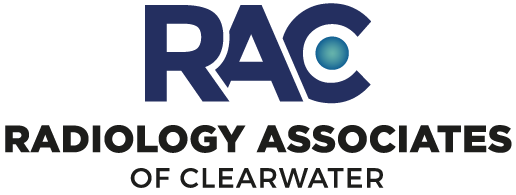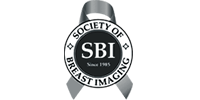Breast Health FAQ
It seems like there are so many more people with breast cancer these days! Is the incidence of this disease out of control?
No, it only seems that way. We are in the age group when breast cancer is most common. With the onset of mass screenings in the 1980’s, the incidence rate increased alarmingly by 4 % every year. This was because cancers were being found 2-5 years before they would have been detected without mammography. However, since 1987, after the country had essentially gone through its first round of screening, the rate on yearly increase has dropped substantially and is now less than 0.5%.
I must admit, I never do breast self-examination. My breasts are just too lumpy!
Breast self-examination could save your life! Please understand that breasts are NORMALLY LUMPY. Because they are composed of fatty tissue mixed with fibrous and glandular tissue, the texture of the breast is irregular and often asymmetrical. The key to self-examination is to simply know what is normal for you. Anything that is new, whether it is a distinct mass or just a new area of thickening, should be checked by your doctor. If you have not gone through menopause, be sure to check them the week after your period starts, when they will be the least tender and lumpy.
My good friend was just diagnosed with breast cancer, but she had a normal mammogram six months ago. Should I trust screening mammograms?
Mammography is the only test proven to reduce the death rate attributed to breast cancer, but like most medical tests, it is not 100% accurate. Although physician error is possible, there are three much more frequent three reasons why the cancer was not detected: 1. Her breast tissue is very dense and obscured the mass. 2. Her cancer could have been the relatively rare type that doesn’t develop a mass and is therefore undetectable by mammography. 3. Her cancer developed since her last mammogram.
I read an email recently about something called IBC…inflammatory breast cancer…and that doctors often fail to diagnose this disease until it is too late. What exactly is IBC, and how can I be on the lookout for it?
IBC is not a unique type of breast cancer. It is the common type that has progressed to an advanced stage prior to being detected. The cancer has spread into the lymphatic tissue of the breast, causing redness and swelling (edema). Fortunately, the most common cause for these symptoms is mastitis (inflammation), that responds within a few days to antibiotic treatment. Persistent symptoms that do not resolve with antibiotics should be further investigated.
When I squeeze my nipple, fluid drains out. Sometimes I notice a small spot on my bra. Should I call my doctor?
The breast contains many ducts that are connected to tiny openings in the nipple. These ducts normally have fluid in them, produced by the glandular tissue. So, if you squeeze, it is very common for fluid to drain out. Normal fluid can be green, white, yellow, purple, or brown! The only time to be concerned is if the fluid is bloody or watery, and drains out profusely on its own. This type of drainage is usually due to a polyp (papilloma), or less likely, a cancer.
My mother died of breast cancer in her seventies. I am so afraid that the same is going to happen to me…but I am even more concerned about my two daughters. What should we know about our risk?
Only 12% of breast cancers are due to an inherited gene defect. Your mother’s cancer, assuming that there is no other family members with the disease, is far more likely to be the more common, “sporadic” type…meaning the genetic defect occurred during her life and would not be passed down to you. Children of women with non-inherited breast cancer have only a slightly higher lifetime risk than the average population (13%), whereas carriers of certain gene defects can have a lifetime risk of breast cancer that approaches 70%!
Doc, I want to be proactive! What can I do to protect myself?
There are two key lifestyle choices that you and your daughters can make immediately to reduce your risk of breast cancer. First, reduce your body fat to a healthy range and keep it there for life by following a low-fat, low-sugar, high-nutrition diet.. Secondly, enjoy 30 minutes of moderately strenuous activity three times a week. Recent studies prove that women who exercise two hours a week reduce their risk by 18%! Now, that’s worth it!









